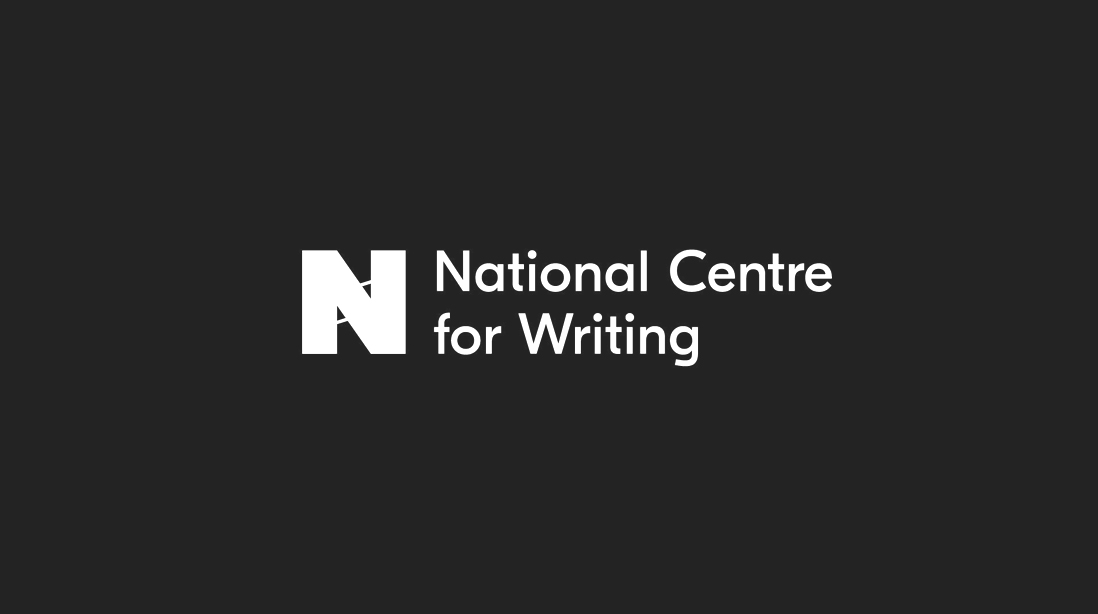I am very honoured to say that the Cambridge Junction – our city’s most diverse and serious home for the arts, which sits out on the skirt of the city centre by the train station, inhaling and exhaling the arts and audiences – has made me their Blogger in Residence for the 2014-15 arts programme. My friends there asked me to write this introductory post about the arts, culture and criticism for their new blog, and, well…hmm…’critic’ is a funny word, isn’t it?
To be honest, I don’t feel like ‘A Critic’….although what ‘A Critic’ is exists differently, separately, in your mind and my mind and everybody else’s mind and can’t be reliably nailed down as a concept. It is a word that can crack and break apart under the spinning force of changing meaning; but at this point in history it is heavily associated with negative appraisal, and with certain rhetorical traditions in journalism and academia. I dislike the condescending archness of much traditional journalistic criticism. I think this has slid seductively into journalistic arts writing because it is sensationalist, and sells. The reason why it frustrates me is that the bitchy rhetorical register often adopted as a common tone warps the critical lens. Academic criticism is generally more beautiful and pure in spirit, but it is often inaccessibly, pointlessly complex. But it’s interesting to think that journalistic and academic criticism are housed things -within traditions, editorial structures, expectations.However, after several hundred years of criticism being contained and shaped in these traditional publishing edifices, there is a new and peculiar publishing space: the internet.
When I started writing about the arts, I stood at a crossroads and looked down the two paths: traditional arts journalism or blogging. The decision took less than a second, because my heart was clamouring for complete creative freedom. I remember thinking, ‘If I have my own website, I could write a poem as a response! A 7,000-word essay! A transcribed dialogue! A poetic version of a transcribed dialogue!’ And then I discovered that this is a trend, a brilliant trend, where writers, enabled by the abundant freedom of the web, are breaking free of traditional publishing pathways, and expectations, and creating a wildly diverse and creative new type of arts response, one which is particularly championed by the Junction, who started an arts writing group last year to foster exactly this sort of new response to the arts in Cambridge.
I do share the original impulse behind journalistic or academic criticism, which is to attempt to provide a clear, meaningful explanation for why a piece of art is powerful, beautiful or valuable, or why one isn’t. But I guess my way of doing that exists in a different paradigm that, to me, feels more like, well, appreciation than criticism. I have a heart-pounding, dewy-eyed, deep, deep love for all art, for the mere fact of its existence. I have always been aware that it is real magic that we live amongst.
An old English teacher from high school, the Michigan poet Michael Delp, used to ask our class over and over again, ‘What is it about Huckleberry Finn that makes you want to build a raft and sail down a river?’ He never answered this question for us, because how could he? But because of that, I have always asked the question of art: ‘how deeply have you moved me?’ and ‘will I change the way I see and live because of you?’
Along with my love for creativity is a responsible-feeling desire to see art clearly and truthfully, asking each work ‘what do you intend?, and ‘what is your potential?’ and crucially, ‘where are you are in the rough and ragged journey of realising that potential?’ Because a fully-realised artistic idea is the most powerful, the most moving.
A friend who recently read some of the posts on my blog mirrorlamp.co.uk asked me, ‘Do you ever dislike anything you see?’, because all of the posts are positive responses. I thought about this for several days, and then My Appraisal Apparatus appeared in my imagination as a clanking wooden and metal contraption inside me capable of measuring Value, Power, and Beauty in Art. Once it took shape, I contemplated it: structurally it is built out of thousands of hours of reading, listening, and watching. There are highly polished sections, embellished with ideas from my degrees in the humanities (literature, music and theatre), and a couple of rougher areas I have built on my own with hours but no schooling (film, visual art and popular music). What powers the whole thing it is a heart full of love for the arts. And I saw that the amount of hours I’ve spent contemplating art have given me a deep sensitivity to how skill, technique, and craft allow an artistic idea either to flourish or falter, and that this is a valuable aspect that helps me to see a work of art clearly.
I do, of course, see things I feel are underdeveloped or unskilled – and some of them are at the Junction, which on the whole programmes brilliant work from the finest range of the cutting edge in the country, but inevitably very occasionally doesn’t, because the cutting edge is a tricksy place. However, I realised that alongside the axis of idea-realisation-or-not-via-craft, I have another axis, which is about resonance, and I saw that I only enjoy writing about shows that resonate with me. This resonance is mysterious…as mysterious as art, and as mysterious as me. In general, I tend to resonate with art that is more fully realised; but sometimes I resonate with a flawed beauty, whose potential shines through an underdeveloped technique.
And now we have wandered into The Big Question Mark of Aesthetics: where does individual resonance overlap with power and value, and where do we draw the lines? I don’t know…who does? But I like hanging out on this Question Mark…there is an inviting, cradling curve to it, and some tilts, shadowed nuances and sharp edges, and a wondrous dot that I could look at for hours…and I really like the other people who come here.





